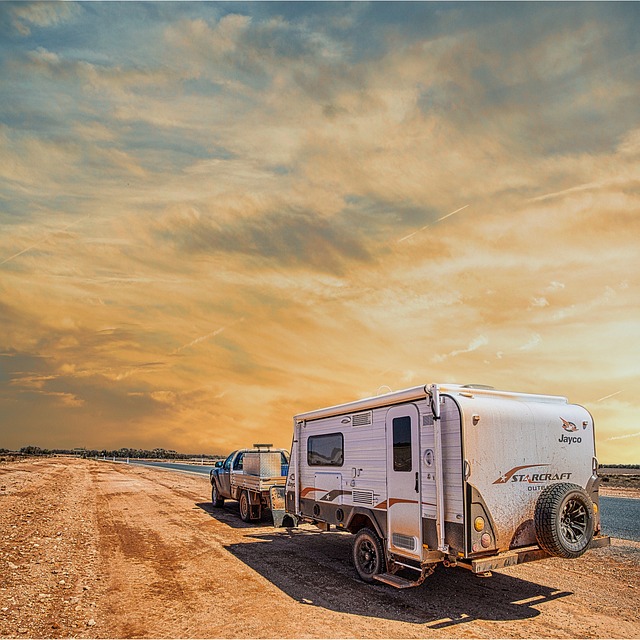Off-Road Dune Buggy Racing combines thrilling adventure with challenging landscapes, offering a unique racing experience. Beginners should learn off-road driving techniques and safety protocols involving specialized dune buggies. The sport's history showcases its evolution from simple models to highly advanced global competitors. Diverse track types test drivers' skills, with popular choices including sandy deserts, rocky mountains, and muddy terrains. Safety is paramount, requiring proper gear and understanding vehicle limitations. Global destinations like the UAE, South Africa, and Morocco host breathtaking dune racing events. Enthusiasts can enhance their buggy's performance through strategic modifications while adhering to regulations for a safe and thrilling experience. Navigating rules ensures fairness and protects natural environments used as racetracks.
Dune racing, a thrilling off-road adventure, captivates enthusiasts worldwide with its raw speed and unique challenges. This article is your ultimate guide to the exhilarating world of Off-Road Dune Buggy racing. From understanding the fundamentals for beginners, exploring the history and design evolution, to navigating safety measures and tracking down top destinations, we cover it all. Discover different track types, essential modifications for performance, rules, mental preparation, and more, unlocking the full potential of this extreme sport.
- Understanding Off-Road Dune Buggy Racing: A Beginner's Guide
- The History and Evolution of Dune Buggy Design for Racing
- Different Types of Off-Road Tracks and Their Unique Challenges
- Essential Safety Measures and Gear for Dune Racing Enthusiasts
- Top Destinations for Experiencing High-Octane Dune Buggy Races
- Unlocking Performance: Modifying Your Dune Buggy for Speed
- Navigating the Rules and Regulations of Organized Dune Racing Events
- The Mental and Physical Preparations for Overcoming Sand Traps and Obstacles
Understanding Off-Road Dune Buggy Racing: A Beginner's Guide
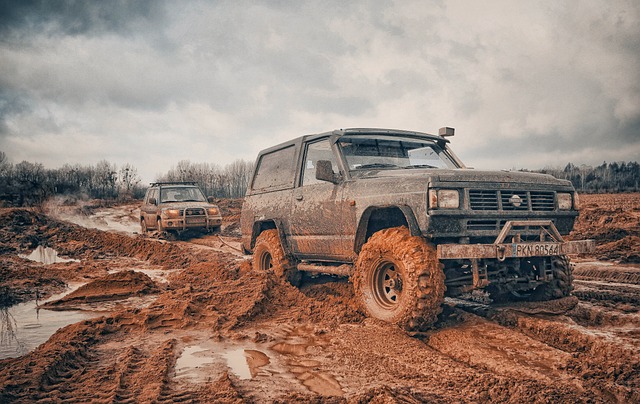
Off-Road Dune Buggy Racing offers an exhilarating and unique adventure for both participants and spectators alike. This thrilling sport involves navigating specialized vehicles, known as dune buggies, across challenging terrain featuring towering dunes and rugged landscapes. Unlike traditional racing on paved tracks, off-road dune buggy events take place in natural environments, providing a raw and adventurous experience.
Beginners interested in joining the excitement should first familiarize themselves with the basics of off-road driving techniques. This includes understanding how to control the buggy’s speed and direction while negotiating uneven surfaces. Many race organizers offer training sessions or beginner-friendly tracks to help newcomers develop essential skills. With proper guidance, individuals can learn to master sharp turns, climb sand dunes, and safely navigate through various obstacles, ensuring a memorable and enjoyable experience in the world of off-road dune buggy racing.
The History and Evolution of Dune Buggy Design for Racing
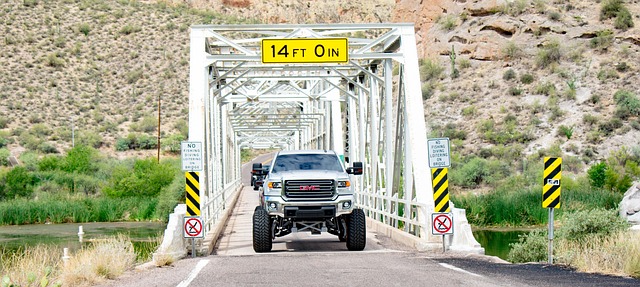
The history of dune buggy design for racing is a fascinating journey that reflects the ever-evolving nature of off-road vehicles. These rugged machines, initially created for recreational purposes, have transformed into highly specialized racing vehicles capable of conquering the most challenging sand dunes. The concept of an off-road dune buggy dates back to the 1960s when enthusiasts sought a way to explore vast desert landscapes. Early models were basic, featuring open-top car bodies mounted on modified truck chassis with large all-terrain tires. This era marked the beginning of dune racing as a popular pastime.
Over time, dune buggy design evolved dramatically. As technology advanced, manufacturers incorporated innovative features such as improved suspension systems, powerful engines, and aerodynamic designs. The introduction of monocoque construction, inspired by race car manufacturing, made buggies lighter and more maneuverable. These advancements allowed drivers to achieve faster speeds and navigate through treacherous terrain with precision. Today, dune buggy racing is a global phenomenon, attracting competitors who push the boundaries of off-road driving, all while showcasing the remarkable engineering that has shaped these unique vehicles over the years.
Different Types of Off-Road Tracks and Their Unique Challenges
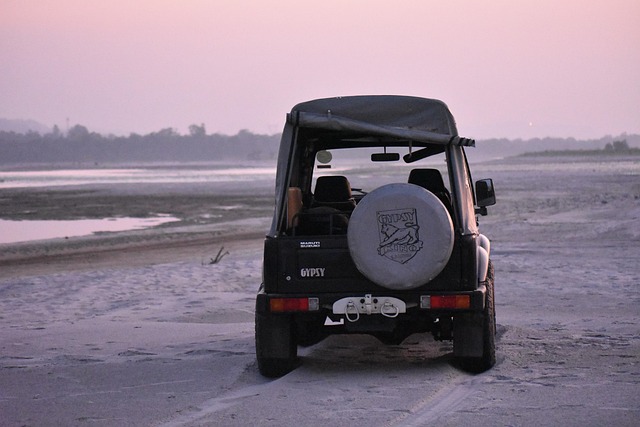
Off-road dune buggy enthusiasts often seek thrilling experiences, and this is where diverse track types come into play, each presenting its own set of challenges. From rugged sand dunes to rocky terrain and everything in between, these tracks offer a range of adventures for both novice and experienced drivers. One of the most popular choices is the sandy desert trail, which demands precision driving skills due to the soft sand’s tendency to cause vehicles to sink or become stuck. Navigating these tracks requires strategic planning and a deep understanding of off-road techniques.
Another extreme option is rocky mountain trails, known for their steep ascents and descents, and uneven, loose rocks. These tracks test the durability of vehicles and drivers alike, as they often involve navigating narrow passages with limited visibility. The challenge lies in maintaining control and stability while maneuvering over unpredictable surfaces. Many off-road enthusiasts also enjoy mud or slushy terrain, which can transform a regular track into a challenging maze, requiring powerful engines and advanced suspension systems to conquer.
Essential Safety Measures and Gear for Dune Racing Enthusiasts

Dune racing, an exhilarating off-road adventure, demands rigorous safety protocols and appropriate gear for enthusiasts to enjoy this thrilling activity safely. Before hitting the sand dunes in your Off-Road Dune Buggy, ensuring you have the right protection is paramount. A good starting point is a comprehensive understanding of your vehicle’s capabilities and limitations. Familiarize yourself with essential safety features like robust brakes, four-wheel drive, and advanced suspension systems designed for off-road use.
Protective gear plays a vital role in dune racing, offering both comfort and safety. Wear a high-quality helmet that complies with industry standards to safeguard your head during sudden stops or flips. Additionally, invest in durable off-road clothing, including gloves, boots, and goggles to protect against flying debris. A well-fitted harness is also crucial for maintaining control and preventing ejection from the vehicle during intense turns and jumps. Always remember that safety isn’t an option; it’s a necessity in dune racing adventures.
Top Destinations for Experiencing High-Octane Dune Buggy Races
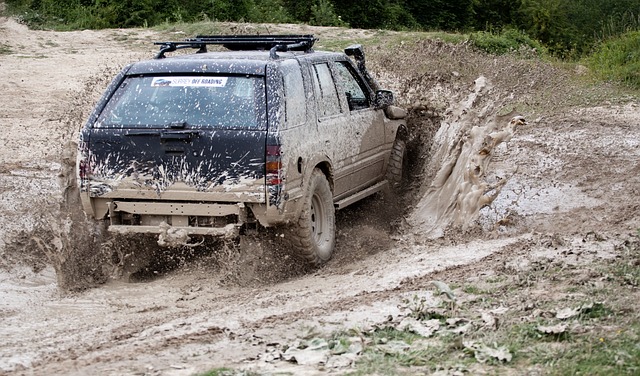
For thrill-seekers and off-road enthusiasts, participating in high-octane dune buggy races is a dream come true. Some destinations around the globe stand out as top spots to experience the rush of speed across sand dunes. These places offer not just breathtaking landscapes but also well-organized race events that cater to various skill levels.
One such place is the United Arab Emirates, particularly the desert regions near Dubai and Abu Dhabi. The vast sand dunes here provide the perfect setting for thrilling dune buggy races. Another notable destination is South Africa’s Kalahari Desert, known for its diverse terrain and challenging tracks. For a unique experience, look no further than Morocco’s Sahara Desert, where organized dune buggy tours and races offer a blend of adventure and cultural exploration.
Unlocking Performance: Modifying Your Dune Buggy for Speed
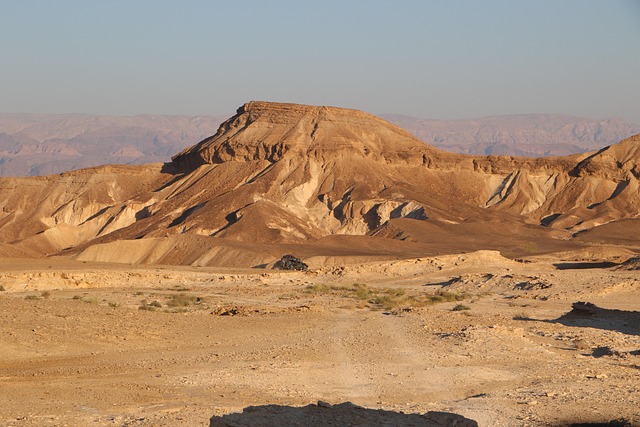
Unlocking Performance: Modifying Your Off-Road Dune Buggy for Speed
When it comes to dune racing, maximizing speed is every driver’s dream. Enhancing your off-road dune buggy involves a combination of clever modifications and understanding what truly makes it tick. The first step is to focus on the engine; tuning and upgrading it can significantly boost power output. Replacing air filters with high-flow models and optimizing fuel injection systems are common tactics to increase horsepower.
Additionally, lightweight materials play a crucial role in improving speed across rough terrain. Swapping out heavy components for lighter alternatives, such as carbon fiber or aluminum, reduces overall weight, allowing your dune buggy to maneuver nimbly over dunes and navigate through tight corners with ease. Ensure that any modifications are legal and safe, as the world of dune racing has specific regulations designed to keep competitors and their machines secure.
Navigating the Rules and Regulations of Organized Dune Racing Events
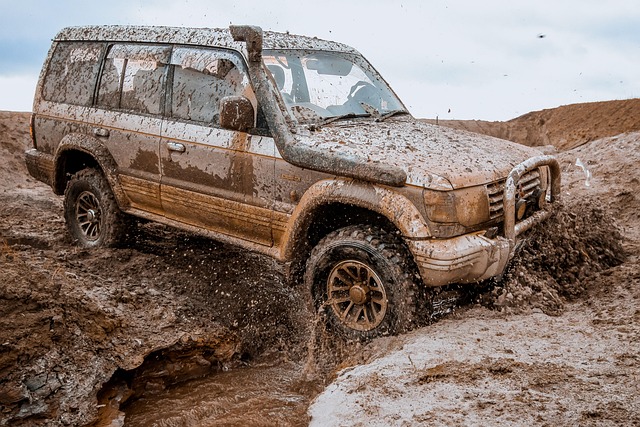
Navigating the rules and regulations of organized dune racing events is essential for any enthusiast looking to participate in this thrilling sport. These events, often featuring high-performance off-road dune buggies, are governed by strict guidelines to ensure safety and fair competition. Before gearing up, racers must familiarize themselves with local and national governing bodies’ standards, which dictate everything from vehicle specifications to driver licensing requirements.
Each event may have specific rules regarding dune sizes, terrain restrictions, and environmental considerations. Compliance with these regulations is crucial not only for a smooth racing experience but also for the preservation of the natural landscapes that serve as race tracks. Proper preparation includes understanding weight limits, tire types, and even rules around fuel types and consumption, ensuring racers are well-versed in both the technical aspects of dune buggy racing and the ethical responsibilities inherent in this off-road adventure.
The Mental and Physical Preparations for Overcoming Sand Traps and Obstacles
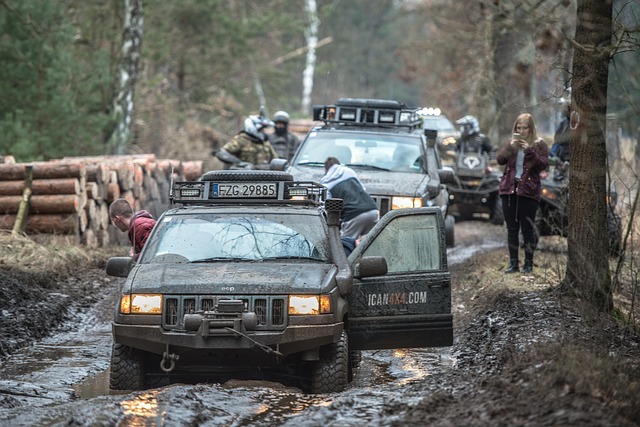
Dune racing, an exhilarating adventure off-road in a dune buggy, demands both mental and physical preparation to overcome seemingly insurmountable traps and obstacles. Before hitting the sand, participants must steel their minds against the challenges that lie ahead—from navigating loose, shifting sands to steering through narrow passes surrounded by towering dunes. This mental fortitude is crucial for maintaining focus during high-speed races, where split seconds can make the difference between victory and crash.
Physically, dune racing requires a robust condition. Athletes should develop stamina to endure the grueling terrain, which often involves long stretches of running alongside the buggy. Core strength and agility are also essential, as they aid in quick direction changes and balance while negotiating obstacles. Proper hydration and protective gear, including helmets and eye wear, are non-negotiable for safety amidst the unpredictable nature of sand traps and sudden dune formations.
Off-Road Dune Buggy racing offers an exhilarating blend of adrenaline, skill, and mechanical innovation. From understanding the fundamentals to navigating complex tracks and mastering safety protocols, this sport demands dedication and expertise. With a rich history and global destinations, it’s not just about reaching the finish line but also appreciating the intricate design and performance modifications that make these buggies true marvels on sand. So, gear up, embrace the challenge, and let the thrill of racing in these rugged vehicles captivate you.
